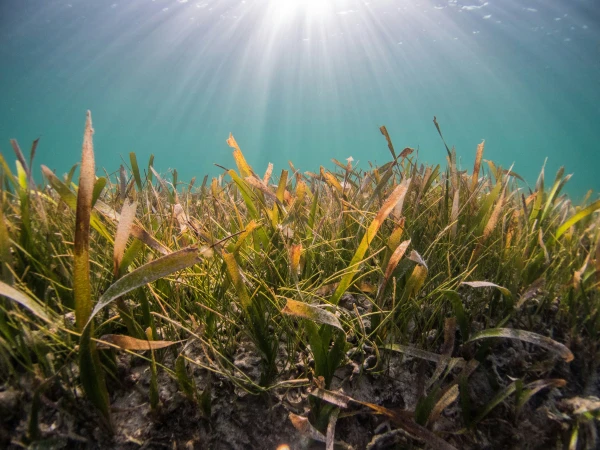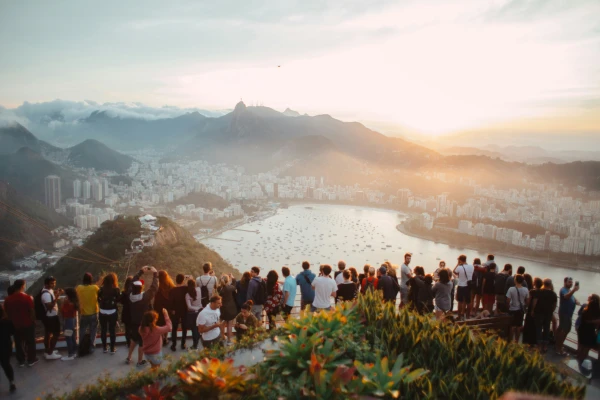Our Views
Ten marketing strategies to position your tourism destination
Promoting a tourism destination involves a multifaceted approach that combines online and offline strategies to attract visitors. Whether you're a bustling metropolis, a serene countryside escape, or an adventure haven, these ten marketing strategies can help you entice travelers to explore your destination. If you need help with specialized consultants to design marketing strategies for your tourism destination, please contact us.
1. Content Marketing: Weave Captivating Narratives
Content marketing remains at the core of tourism promotion. Craft engaging stories that highlight the unique experiences, culture, and natural beauty of your destination. Share these narratives through blog posts, articles, videos, and on your social media platforms. Take your audience on a virtual journey, inspiring them to plan their visit.
Example: Tourism New Zealand's "100% Pure New Zealand" campaign leverages storytelling to showcase the country's pristine landscapes and vibrant culture.
2. Social Media Marketing: Create Visual Feasts
Utilize the power of social media platforms to reach a global audience. Post visually stunning photos and videos of your destination's attractions, events, and local life. Encourage visitors and residents to share their experiences with branded hashtags. Engage with your followers by responding to comments and sharing user-generated content to keep the excitement alive.
Example: Hawaii Tourism Authority's Instagram account paints a captivating picture of the islands' natural beauty and diverse experiences.
3. Influencer Marketing: Harness Authentic Voices
Collaborate with influencers whose values align with your destination. Let them share their authentic experiences through their blogs, vlogs, and social media. Influencers can provide trusted endorsements that resonate with their dedicated followers and potential visitors.
Example: Switzerland Tourism's partnership with travel influencers showcases the country's breathtaking landscapes and outdoor adventures.
4. Search Engine Optimization (SEO): Optimize Online Visibility
Enhance your destination's online visibility by conducting keyword research and implementing SEO strategies. Ensure your website is mobile-friendly and provides relevant, up-to-date information. Appearing at the top of search engine results can significantly boost website traffic and bookings.
Example: The official website of Paris, France, excels in SEO, making it easy for travelers to find information about attractions, accommodations, and events.
5. Collaborative Marketing: Team Up with Stakeholders
Forge partnerships with airlines, hotels, local businesses, and tourism associations. Create enticing packages, deals, and promotions that make your destination more appealing to travelers. Collaborative marketing efforts can provide added value to visitors and maximize exposure.
Example: The "Explore Charleston" campaign involves collaboration among Charleston's major attractions, creating a unified marketing approach that attracts visitors.
6. Email Marketing: Stay Connected
Build and maintain an email list of potential visitors. Send out regular newsletters with updates on events, promotions, and travel tips. Personalize content to cater to different segments of your audience. Email marketing helps you stay connected with travelers and keep your destination top of mind.
Example: VisitBritain's email campaigns provide subscribers with exclusive travel offers, inspiring them to plan a trip to the UK.
7. Print Media Advertising: Capture Traditional Audiences
Don't underestimate the power of print media. Place advertisements in travel magazines, brochures, and newspapers. High-quality visuals and compelling copy can captivate traditional audiences and inspire them to learn more about your destination.
Example: The Colorado Tourism Office's print ads showcase the state's stunning landscapes and outdoor adventures, targeting outdoor enthusiasts.
8. Trade Shows and Tourism Fairs: Face-to-Face Engagement
Participate in travel trade shows and tourism fairs. These events provide an opportunity for face-to-face engagement with travel agents, tour operators, and potential visitors. Booths and presentations can help you make a memorable impression.
Example: The India Tourism Board actively participates in international travel trade shows, promoting India's rich culture and heritage.
9. Local Partnerships and Events: Community Engagement
Engage with the local community and businesses. Support and promote local events, festivals, and cultural activities. Encourage residents to become ambassadors for your destination, spreading the word to friends and family.
Example: The Santa Fe Tourism Department collaborates with local artisans and businesses, creating a vibrant and authentic experience for visitors.
10. Visitor Centers and Information Booths: On-the-Ground Assistance
Set up visitor centers and information booths in key locations. Friendly staff can provide maps, brochures, and personalized recommendations to tourists. These physical touchpoints offer valuable assistance to travelers exploring your destination.
Example: The Tokyo Tourist Information Centers offer tourists a wealth of information and assistance, enhancing their experience in the city.
In conclusion, a comprehensive tourism marketing strategy combines both online and offline approaches to engage and inspire potential visitors. By embracing these ten strategies, you can create a compelling narrative for your destination, ensuring that travelers from around the world are eager to explore all that you have to offer. Marketing isn't just about attracting tourists; it's about creating unforgettable experiences that leave a lasting impression and keep visitors coming back for more. Start implementing these strategies today and watch your tourism destination thrive in a competitive market.
Check our related experience:










